1
HOME > Brands >
8 BRANDS THAT SUCCESSFULLY EXPANDED INTO MENSWEAR
LABELS CREATING PIECES FOR MEN AS A RESULT OF THE RECENT MENSWEAR MARKET GROWTH
Written by Ivan Yaskey in Brands on the 5th December 2017
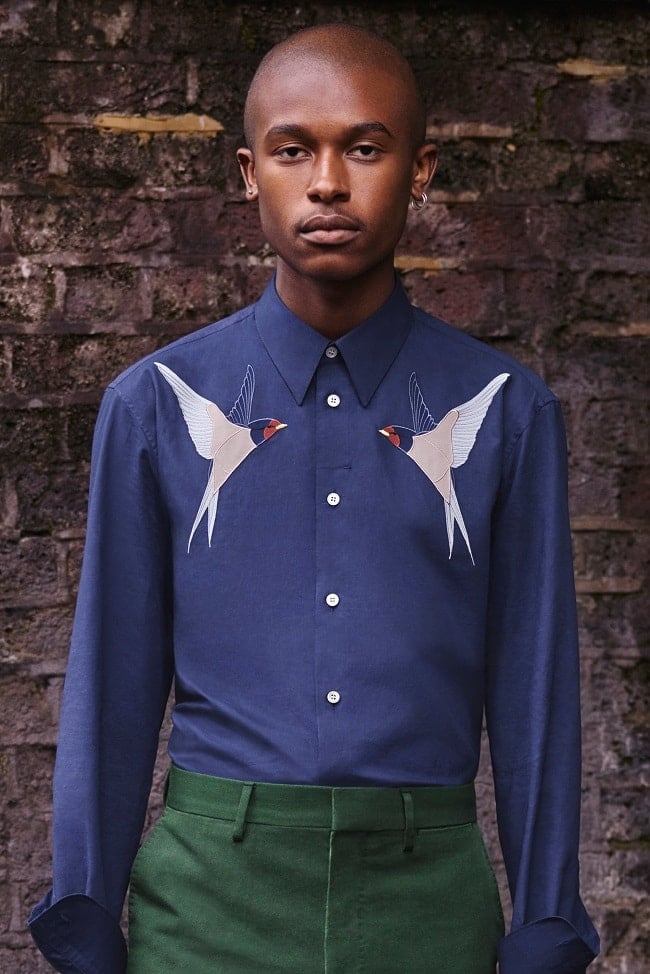
Around 2013, we kept hearing about the menswear market’s growth, which, at the time, slightly outpaced womenswear. As a result, brands geared toward the latter made plans to expand, with AdWeek pointing out Tory Burch’s aspirations and Michael Kors’ greater focus. Victoria Beckham, now a successful women’s designer in her own right, even mused about men’s suits. Yet, with the exception of Kors’ increased seriousness, few of these ideas materialised. But, that doesn’t mean other designers haven’t successfully crossed over. Even before the hubbub that has since died down, brands noticed the possibilities of genuinely creating pieces for men:
Calvin Klein
What started as a coat eventually unfolded into a full womenswear collection. But, while Klein did his first show in 1970, he waited until 1977 to launch a menswear line, with a five-year deal backed by Maurice Bidermann. Why the wait? According to a recent profile in GQ, the designer felt that he had to approach men’s at the right time and needed the staff to do it. Much like his womenswear, Klein’s menswear initially reflected more of a minimalist aesthetic akin to what he himself would have worn. However, it was Calvin Klein’s underwear campaign that truly made a lasting impact. As the brand expanded its advertising in the early 80s, its men’s underwear line took off with a Time Square billboard featuring Olympic pole vaulter Tom Hintinaus and eventually changed how most guys view and purchase undergarments.
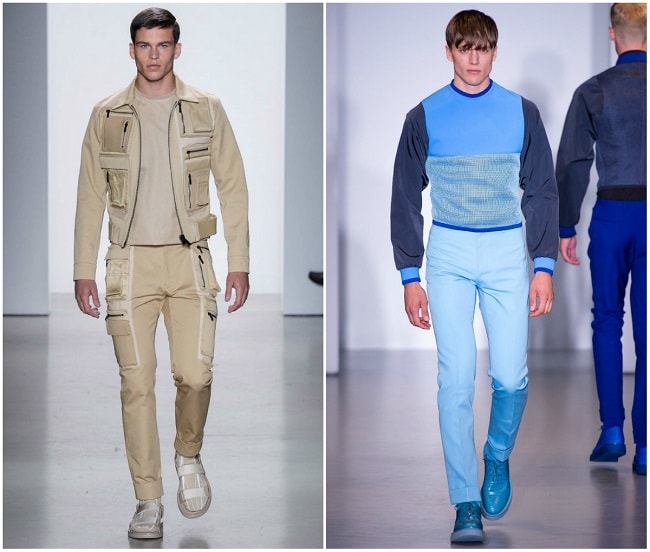
Coach
What’s been considered primarily a women’s handbag line eventually branched out into menswear by 2014. Once seen as high-end, Coach developed a “basic” reputation by the 2010s and saw its sales drop as a result. To renew interest, the brand hired Stuart Vevers, formerly of Mulberry and Loewe, to transform its image and to spearhead its men’s line, which officially debuted at London Collections: Men in January that year. As Coach’s women’s end started to veer away from its ubiquitously knocked-off monogram logo, Vevers developed an American heritage brand on the men’s side. According to a profile in i-D, those influences spanned traditional Americana – think workwear, the Kennedys, and Steve McQueen – to more recent pop culture allusions, such as hip-hop, New York City, and Gus Van Sant’s movies.
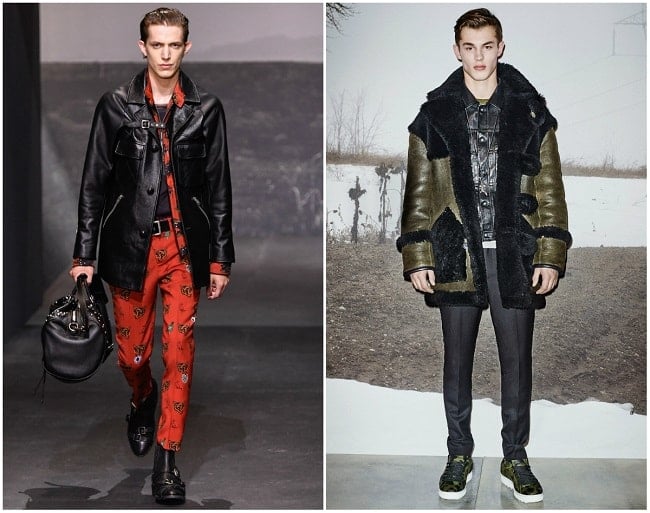
Christopher Kane
Until 2011, any man wanting a piece from Christopher Kane had to look through the brand’s graphic tees – originally designed for women but with a few extended sizes for men. That all changed with the brand’s SS11 collection, its first menswear line and one that both adapted its high-quality streetwear styles and overlapped with that year’s Resort collection. Featuring digital all-over graphics of cosmic imagery, the collection, according to interviews with Kane, focused on the designer’s love of explosions and outer space and blended in more athletic silhouettes. Yet, while the initial impression seemed interchangeable with other streetwear lines, the construction and concept pushed it up a notch. Specifically, knitwear made of cashmere and silk and lightweight leather gave pieces a luxurious quality, while the intentional fluidity between his collections made everything more androgynous. Essentially, what men liked about Kane’s vision up to that point hadn’t drastically changed when he branched out.
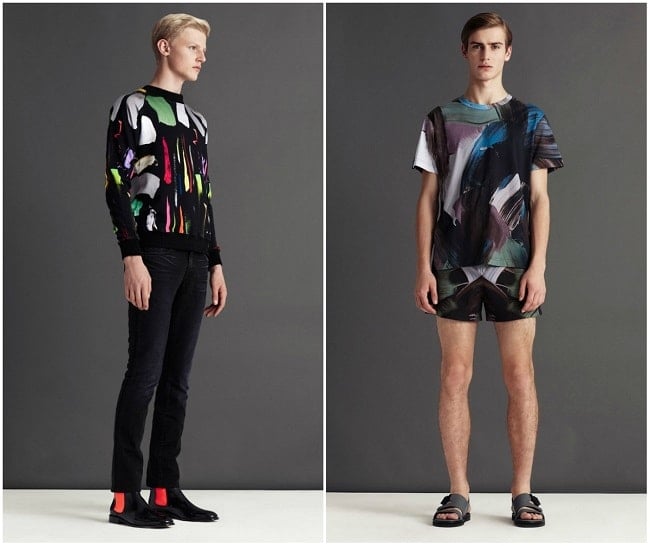
Jigsaw
Through the 1990s, Jigsaw found a place as the quintessential High Street brand. That halted suddenly at the end of the decade, when the brand dropped its menswear collection. Yet, over a 13-year period, Jigsaw went through some changes, including bringing on Frances Walker as a designer, and decided to revive its men’s side with a 100-piece collection for SS12. A rather-lengthy re-debut repositioned Jigsaw as an investment brand – one not particularly pricy but instead focused on quality materials, construction, and wardrobe basics. As such, washed wool, corduroy, moleskin, and chambray highlighted timeless silhouettes and the occasional pop of colour. And, if you purchased them, their chinos, knits, anoraks, and camel coats still give you some mileage five years later. Looking back on it, nothing about Jigsaw’s menswear launch seems particularly time-specific, and likely as a result, its overall history and lack of trend adherence obscure its general newness.
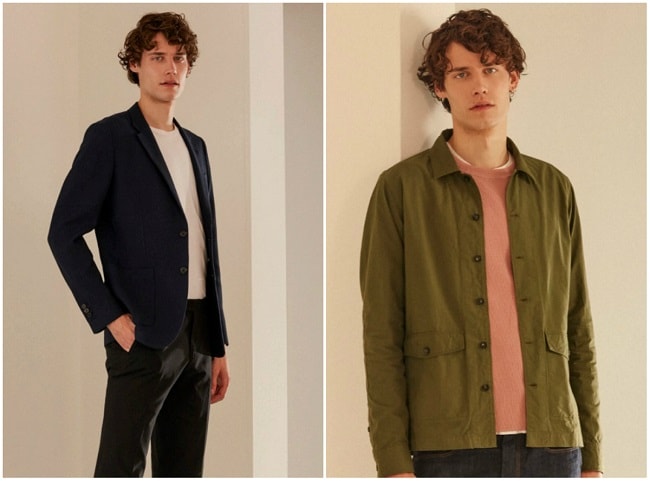
Forever 21
As the ultimate fast-fashion retailer and American mall store, Forever 21, has surprisingly shifted its vision over the years. The chain opened in Los Angeles in the mid-80s as Fashion 21, originally geared toward the city’s Korean community. By adapting with and almost always carrying the latest trends, it expanded nationwide and, starting in 2006, slowly rolled out a menswear line. But, as the company sold its men’s styles under 'Heritage 1981' and offered them almost exclusively online, most didn’t realise the association until fairly recently. Over the past few years, Forever 21 renamed its menswear section to 21 Men and, as brick-and-mortar stores started expanding, began carrying it in more physical locations. In several regards, however, 21 Men is much like its female counterpart: hyper-on-trend, geared toward a streetwear-leaning youthful consumer, and sold at extremely affordable prices. Yet, as a contrast, it’s also a spot to pick up a handful of decent basics and classics when you don’t feel like spending too much.
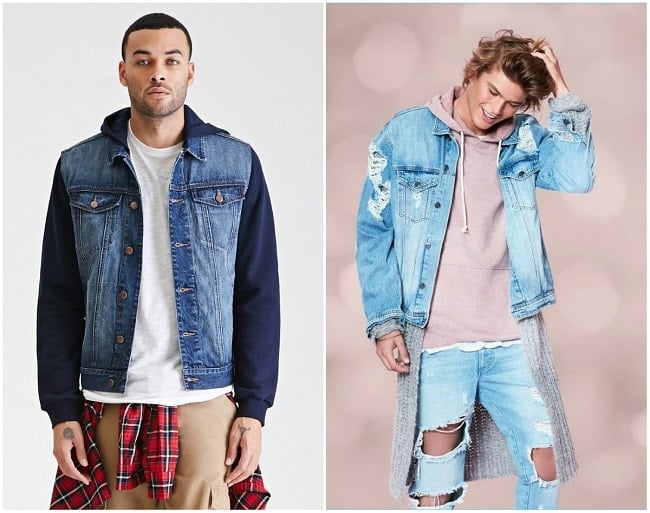
Stella McCartney
In 2016, Stella McCartney announced her brand’s expansion into menswear territory. At the time, the move didn’t seem like a stretch. Those familiar with the designer’s background know she spent some time at Edward Sexton of Savile Row, and have noticed the modest menswear influence in her current line’s collections. So, by the time her SS17 runway presentation unfolded in November 2016, audiences knew what to expect to a degree. What resulted pulled from every in-the-now menswear trend: Subculture influences, including references to 90s rave styles, wider-cut silhouettes, military details, and Americana emerged through slouchy knitwear, graphic tees, sportswear, and casual suiting. Some might say her vision lacks cohesiveness and that it’s trying to cover too much ground at once. But, from another perspective, McCartney’s foray into menswear is far from tepid and wants to appeal to a broader range of consumers.
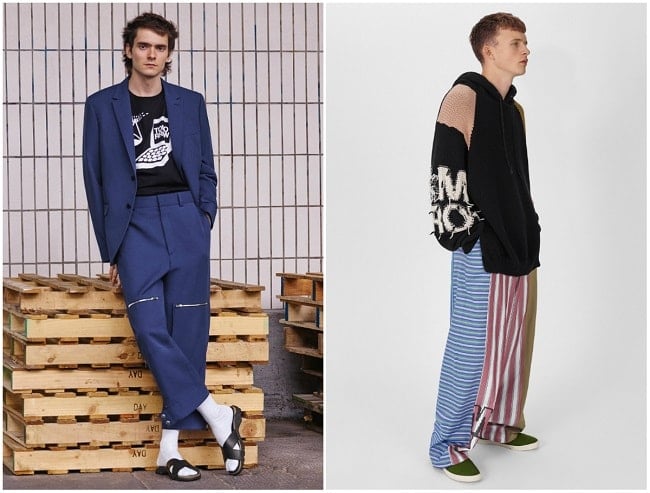
Sainsbury’s
Two factors influenced the nearly ubiquitous UK grocery chain to dabble with menswear. One, the retailer’s division of men’s and athletic brands experienced growth in recent years, and secondly, its own apparel line for women, Tu Clothing which has seen its sales rapidly go up over the past three years. While these factors position Sainbury’s as the UK’s sixth-biggest clothing retailer by volume and tenth by value, they make the creation of its own menswear brands – Tu Formal and Tu Premium – a natural step forward. However, the retailer decided not to base its own line around streetwear and athletic garments. Instead, their 29-piece introduction’s quality is expected to rival High Street brands with Tweed jackets, camel coats, and wool suits and matches the designs and price points of their women’s collection.
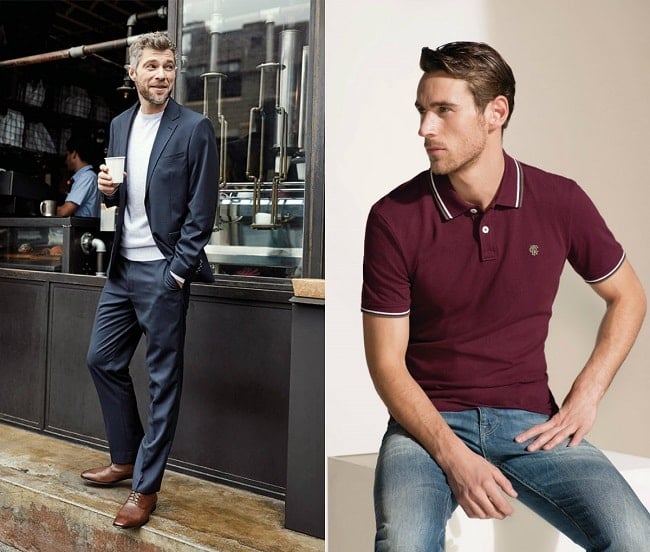
Isabel Marant
The latest womenswear designer to attempt menswear, Isabel Marant unveiled her vision with eight looks at Paris Fashion Week in September. Much like McCartney, Marant already dabbled with menswear – specifically, a few pieces for her 2013 H&M collaboration. And, as a streetwear undercurrent and men’s influences pepper her women’s pieces, a hard transition seemed inevitable. Also, much like McCartney’s, Marant’s oeuvre spans the gamut while looking at everything through an androgynous lens. As a result, 70s influences, California surfer coolness, and rebellious European styles all emerge through a collection of colour-blocked leggings, slouchy tank tops, knitwear, oversized silhouettes, and puffer vests.
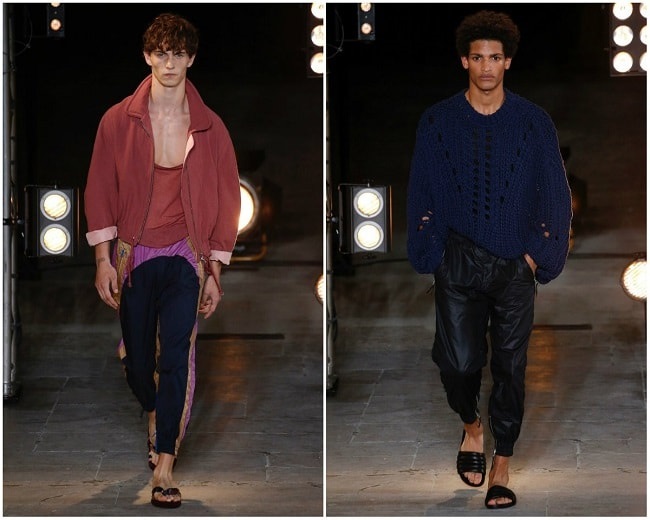

Trending
2
3
4
5
6
7
8
9
10










